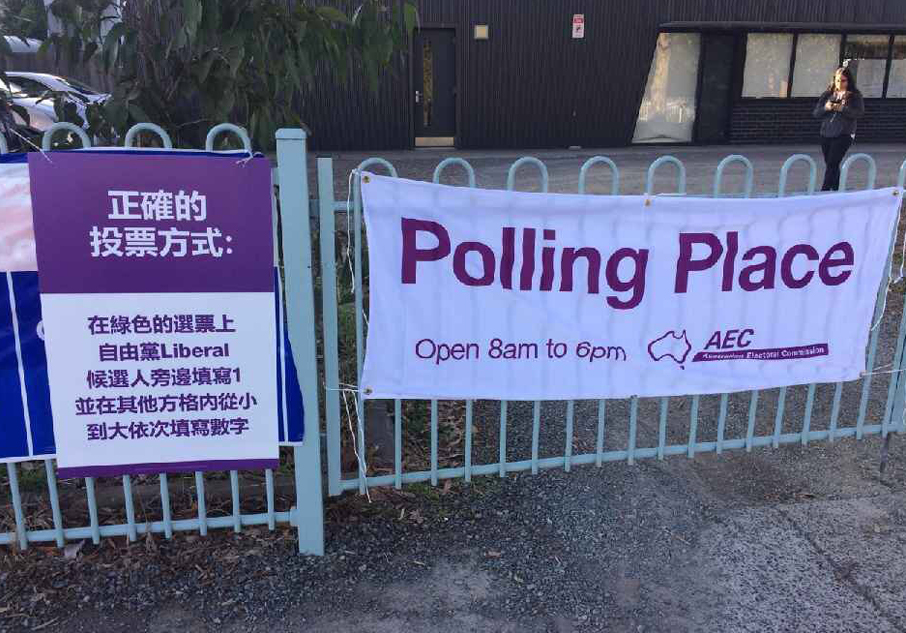In the lead up to the federal election, political parties and candidates are subject to laws in regards to electoral communications and political finance. Here are nine you should know about.
1. All electoral communications must be authorised. Anyone communicating about an electoral matter through an advertisement, flyer, sticker or how-to-vote card must let the electors know who is responsible for the communication. This is often seen or heard as a sped-up line at the end of a video or radio advertisement. The Electoral Act 1918 (Cth) specifies what must be included in an authorisation.
2. Non-broadcast electoral communications are administered by the Australian Electoral Commission (AEC), while television and radio broadcast electoral communications are the responsibility of the Australian Communications and Media Authority (ACMA). Both bodies regulate electoral communications; however, they do not regulate whether the content is true or accurate.
3. A blackout period applies to broadcasters from the end of the Wednesday prior to polling day until its closing. No election advertisements can be broadcast during this time, though online services and print media can continue to publish them.
4. Under the Electoral Act, an “electoral matter” is defined as a communication intended for the dominant purpose of influencing the way electors vote in a federal or State election. In determining this, the content, timing and form of communication are taken into account.
5. The Electoral Act does not limit the use of colour in electoral communications; however, if colour is combined with text or images that are likely to mislead voters, it may constitute a breach of the Electoral Act. Similarly, if an electoral communication uses purple and the communication appears too similar to AEC branding, this may constitute a criminal offence under the Criminal Code for impersonating a Commonwealth body.

6. Political parties and candidates must adhere to laws regarding political finance, including the regulation and disclosure of donations and the payment of election funding to candidates and parties.
7. Parties and candidates can obtain funding through internal means (membership fees), public election funding and donations. Public election funding is given to parties and candidates that receive more than four per cent of the primary vote. An indexed amount is then multiplied by the number of votes they receive to determine the amount they qualify for.
8. In 2018, parliament passed legislation banning political donations of more than $1,000 from foreign sources. There are currently no caps for domestic contributions at a federal level. In the 2019 federal election, Clive Palmer spent $60 million on political advertising for the United Australia Party leading to calls for expenditure caps in federal election campaigns.
9. Recent State and territory reforms have led to a disconnect between federal and state law. For example, in NSW and Queensland, donations from property developers are banned. Some states also require near real-time disclosure of donations during elections, whereas federal law doesn’t require it to be reported until the February after the financial year.




